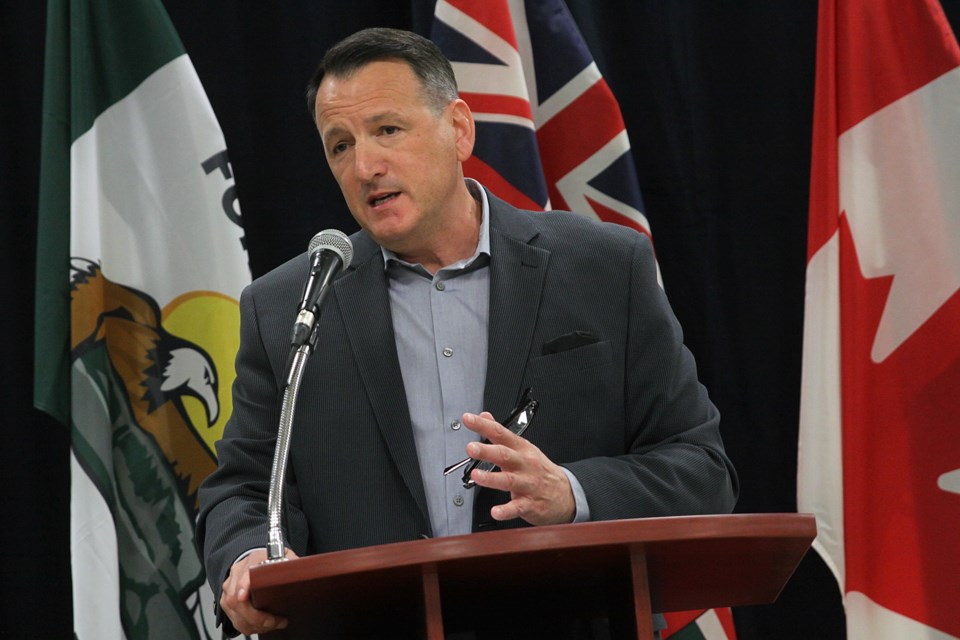The return of former finance minister Rod Phillips may have caught the headlines in a provincial cabinet shuffle announced Friday, but the creation of a new ministry bringing together natural resources, forestry, and mining with northern development could prove to have bigger implications.
Kenora-Rainy River MPP Greg Rickford now serves as the new minister of northern development, mining, natural resources and forestry, in addition to his role as minister of Indigenous affairs.
That merges the former Ministry of Natural Resources and Forestry with his previous portfolio overseeing the Ministry of Energy, Northern Development and Mines (Bay of Quinte MPP Todd Smith takes over a new standalone energy ministry).
Both the government and its critics agree the creation of the new consolidated ministry could have major impacts.
Rickford said there were synergies between all of the responsibilities now on his plate, and argued the province could better drive forward resource development by bringing mines and forestry under one umbrella with northern development.
“I think it’s a great consolidation of what I would otherwise just call the Ministry of Natural Resources, something akin to what I was when I was the federal minister,” he said Tuesday, referring to his time as the minister of natural resources in the Harper government.
Thunder Bay-Superior North MPP Michael Gravelle, who oversaw both the northern development and mines file and the natural resources file under Kathleen Wynne, said he had serious concerns about bridging the two.
“The Ministry of Natural Resources and Forestry is one of the largest in the province and certainly deserves to have its own standalone ministry,” he said.
While he said Rickford may be a capable minister, Gravelle said the new structure put a large number of potentially competing priorities under one ministry.
Specifically, he raised concerns the new ministry could see the economic development mandate emphasized over what he said was the more traditionally regulatory role of the MNRF.
Rickford, for his part, said that could be a good thing.
“The reason we have not advanced in a significant way across our resources in Northern Ontario is because over 15 years, we built up a regulatory machine that by most accounts in forestry, and mining especially, said this isn’t a place to do business.”
“Everywhere you go, we’ve been working in northern development and mines to get rid of red tape – twice a year, it’s been part of our legislation.”
While Indigenous Affairs remains a standalone ministry also under Rickford’s purview, Gravelle argued it should be a “strongly independent” one with a dedicated minister.
It was first created as a provincial ministry in 2007, in response to Ipperwash inquiry recommendations.
Having two portfolios under one minister doesn’t indicate they’re any less important, Rickford said, adding he spent as much or more time on the Indigenous affairs portfolio as anything else.
